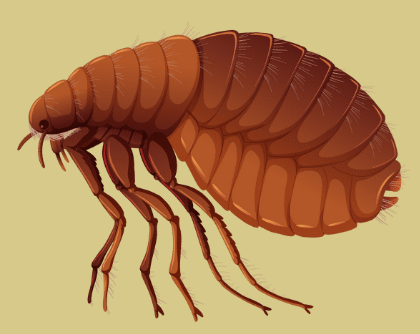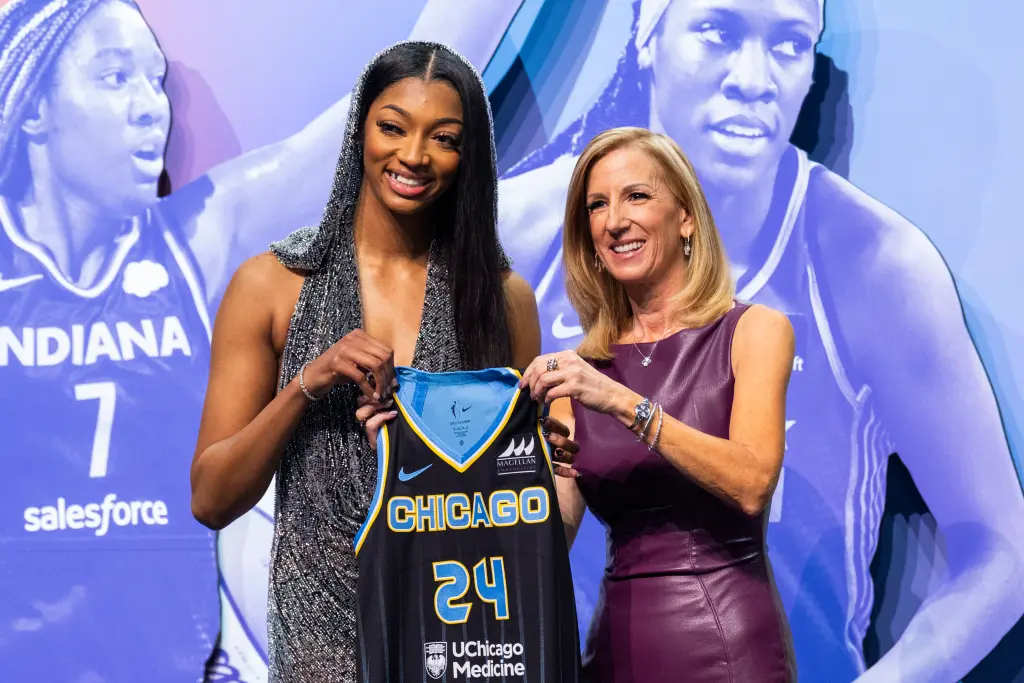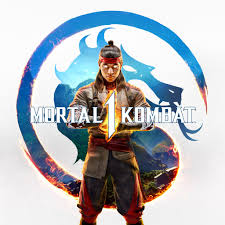The second reboot in the series and the third “Mortal Kombat 1”, 2023’s sequel and continuation of the Aftermath DLC’s storyline from “Mortal Kombat 11” is one of the most mediocre fighting games I’ve ever played. As a relatively long-time fan of the franchise, I found this installment in the series to be incredibly underwhelming; yet, it earned rave reviews from the hearts of “Mortal Kombat” fans and newcomers alike. With IGN calling its gameplay “some of the best the series has ever seen” and Kotaku claiming “[the gorey gameplay] is still as fun today in MK1 as it was in the ‘90s”. While none of these reviews assert that the game is perfect, acknowledgment of the game’s downgrades was expected.

As a successor to “Mortal Kombat 11”, “Mortal Kombat 1” (2023) has diminished much of the trademark details the series has come to know. Much of the 11th installment’s personality came from these fine additions; a signature string riff as soon as the player activates a fatality, pre-battle interactions between your chosen characters alongside three unique intro animations per character, and numerous alternative costumes and customization for the fighters. These features were all removed or heavily limited in 2023’s “Mortal Kombat”. One thing that remained in this installment was DLC– only for it to be a day-one release. In the gaming industry, a day-one expansion you have to pay for typically indicates that the content was originally planned to be a part of the base game, only for its publisher to hide it behind another paywall in addition to the $69.99. Additionally, “Mortal Kombat 1” (2023) has seen the franchise’s introduction to microtransactions. The industry practice of microtransactions has been very disheartening for many consumers. In their article “How The Hell Did We Let $20 Skins Become A Thing?” Kotaku writer Zack Zweizen acknowledges games such as “Fortnite”, “Diablo”, “Overwatch ” and many more normalizing the integration of costly cosmetics. “It’s not that I like it, I’ve just become so used to it as normal.” and “But, the publishers didn’t stop trying [to add microtransactions]. They were greedy as all corporations are and needed to make more money every year.”

These dissatisfactory changes are apparently reflected in the avidity of its player base– or lack thereof. Reportedly, “Mortal Kombat 1” (2023)’s player base peaked 6 months ago at 38,000 and the 24-hour peak at 1,400 on Steam. In contrast, “Mortal Kombat 11” (2019)’s all-time peak was 5 years ago at 35,000– but its 24-hour peak reached 2,000; the lowest peak of this week. Meaning, that while “Mortal Kombat 1” garnered more short-term hype after release, “Mortal Kombat 11” has seen far more players return to it even five years after release.
The pre-battle intros are a staple for the series and its identity, and while 2023’s “Mortal Kombat” still has this, it’s reduced to one animation (shared by each character) and a much more limited pre-set dialogue. Interactions that were initially used to reveal lore between the interacting characters and inside jokes among the developers, characters, and players– are now reduced to snide remarks and shallow insults. For example, a compilation of “Mortal Kombat 11″‘s character intros times out at over 2 hours and 24 of unique dialogue. Sadly, a similar compilation of “Mortal Kombat 1″‘s character intros is a mere 11 minutes and 40 seconds.
If so much of this fine detail the previous game had is gone, then what next-gen technology did its developer, Netherrealm Studios, replace it with? Well, it’s pretty. The graphics are remarkable– 4K, 60FPS. “Hyperrealistic” doesn’t begin to describe the things you’ll witness during “Mortal Kombat 1” (2023)’s main campaign. But isn’t that how most AAA studios market their games these days? Similarly, 2023 releases “Diabolo 4”, “Resident Evil 4”, “Starfield”, “Final Fantasy XVI”, and many more had RTX and 4K graphics as a major selling point for their pristine big-studio games. While it may be a topic that garners its own article entirely, the oversaturation and appreciation of video games having “as realistic graphics as possible” is prevalent through what we’re marketed. The original “Mortal Kombat” (1992) used hand-drawn graphics and digitized sprites– pictures of real people scanned in and used as each frame of every character animation individually. It looked… weird. And still does today. But that was part of “Mortal Kombat”’s appeal.

However, two aspects of the game that remain stellar throughout the series hold up in “Mortal Kombat 1” (2023), the character design and story. People tend to play fighting games for the, well, fighting. It’s rare to hear someone say they enjoyed “Tekken” or “Street Fighter ” because of the character development. The “Mortal Kombat” series was like this too, until the first reboot in the series: “Mortal Kombat” (2011). The original “Mortal Kombat” (1992) follows the very familiar fighting story set-up of a tournament. The 2011 installment follows similarly until one of the series’ most prominent characters, Raiden, is fighting the evil emperor Shao Kahn, seemingly about to lose. Unlike the original, Raiden receives a telepathic message from himself in “Mortal Kombat” (1992), revealing that this is another timeline in the “Mortal Kombat” canon. “Mortal Kombat 11” (2019)’s Aftermath DLC spurs another timeline on top of this, resolving with Liu Kang becoming the God of Fire, Architect, and creating a better, new timeline as the previous was destroyed due to the combined efforts of Kronika, mother of multiple Elder Gods, and Shang Tsung, the sorcerer who held the original Mortal Kombat tournament. This is when the “Mortal Kombat 1” (2023) story picks up, following Liu Kang’s new timeline. What makes the new story convincing is being able to see Liu Kang’s intention within the new timeline. In previous timelines, it’s heavily implied in both the story mode and intro dialogue that Liu Kang and Kitana were involved romantically. Kitana’s bodyguard, Jade, states “I see the way you look at him” when she claims they’re only friends and her clone/adopted sister Mileena refers to Liu Kang as Kitana’s “new lover”. In an intro between Liu Kang and Kitana, he tells her “Nothing will come between us.” There are numerous more times their relationship is referenced in “Mortal Kombat 11” alone. In the new timeline, Mileena and Kitana are genuine, live-born siblings– unlike any other entry in the series. It’s apparent that Liu Kang made this change as opposed to excluding Mileena entirely to mend the sisters’ bond– up until “Mortal Kombat X”, Kitana and Mileena were nothing but enemies. At that point in the story, they were allies for only a brief moment, as Mileena was executed by D’Vorah soon after. For concision’s sake, I will keep the number of examples here limited to that.
Works Cited:
Reviews and price: ign.com access date: 3/24, update: 9/23; kotaku.com access date: 3/24, update: 9/23; store.playstation.com access date: 3/24, update: 3/24; kotaku.com access date: 3/24, update: 11/23
History and lore: wikipedia.org access date: 3/24, update: 3/24; wikipedia.org access date: 4/24, update: 4/24
Statistics: steamdb.info access date: 4/24, update: 4/24; steambd.info access date: 4/24, update: 4/24










































Gray • Apr 16, 2024 at 8:33 am
johnny cage